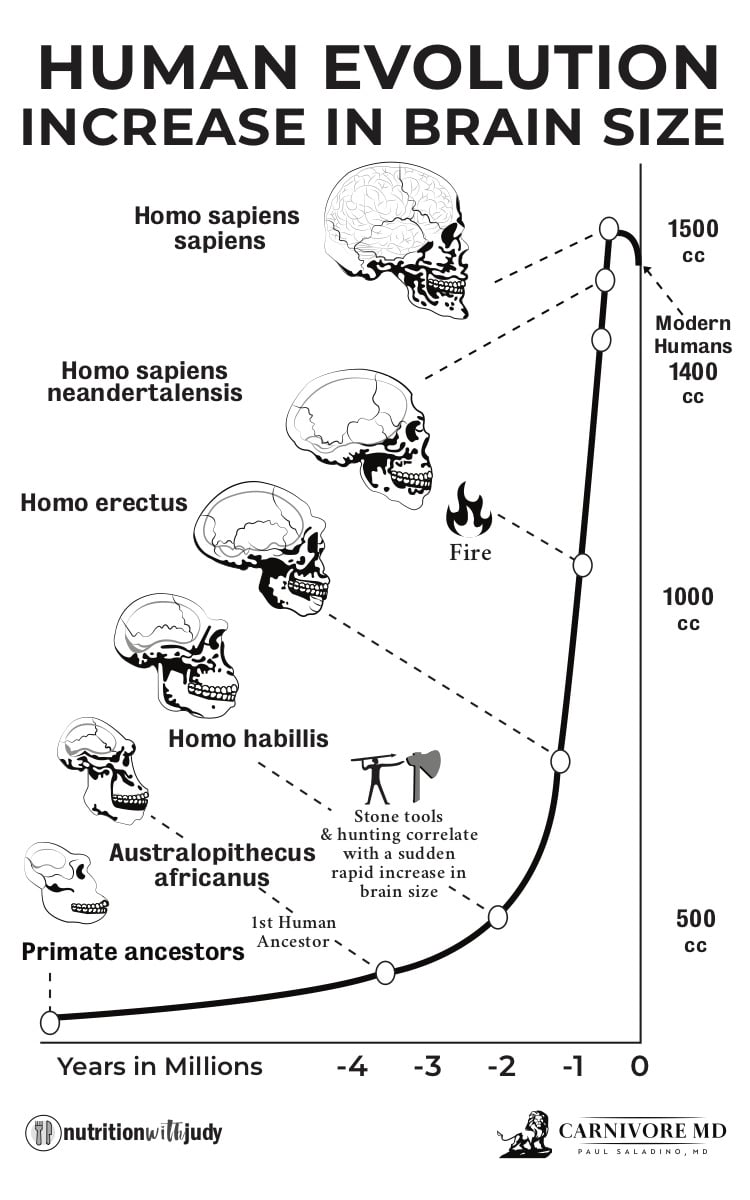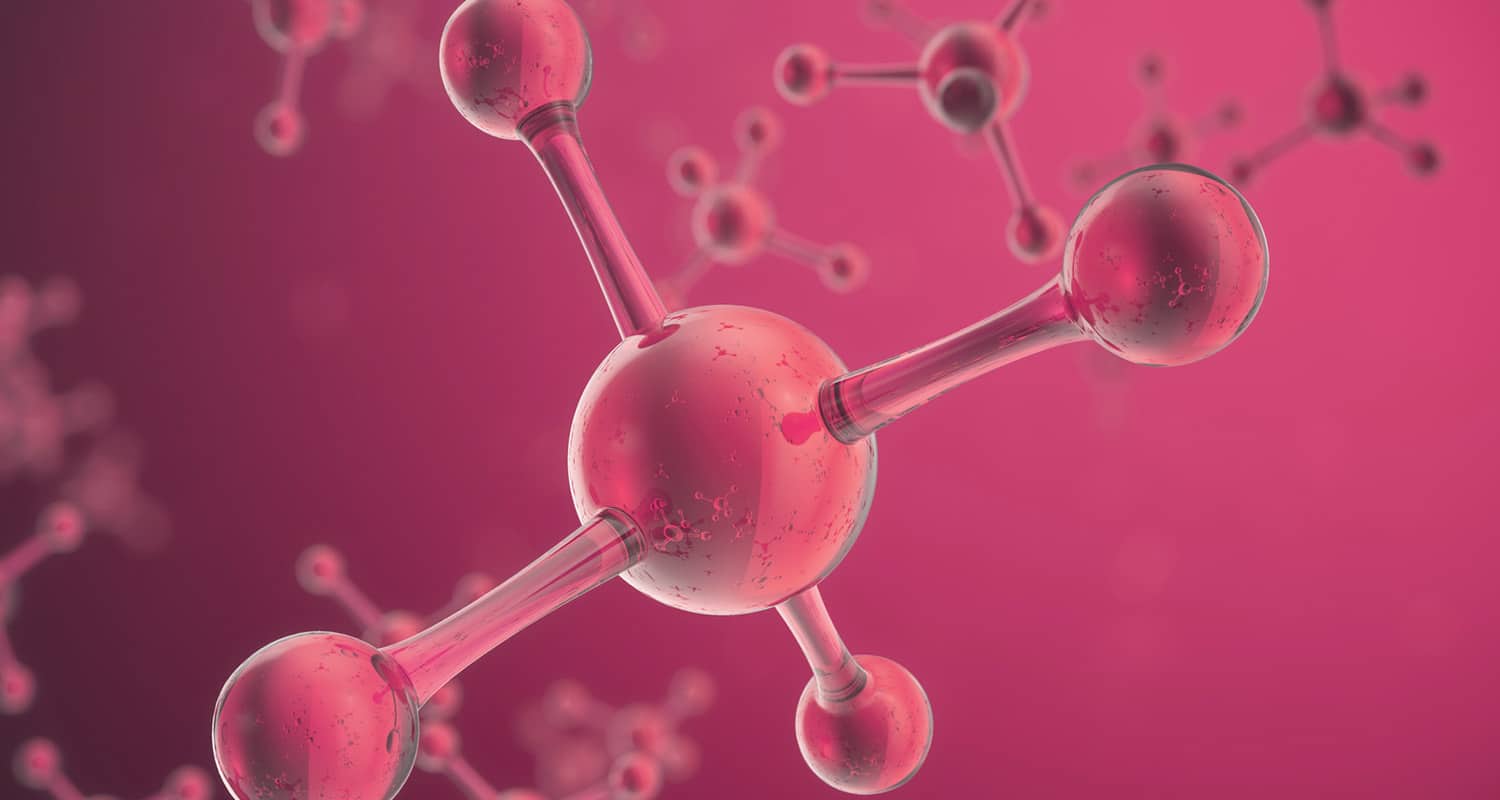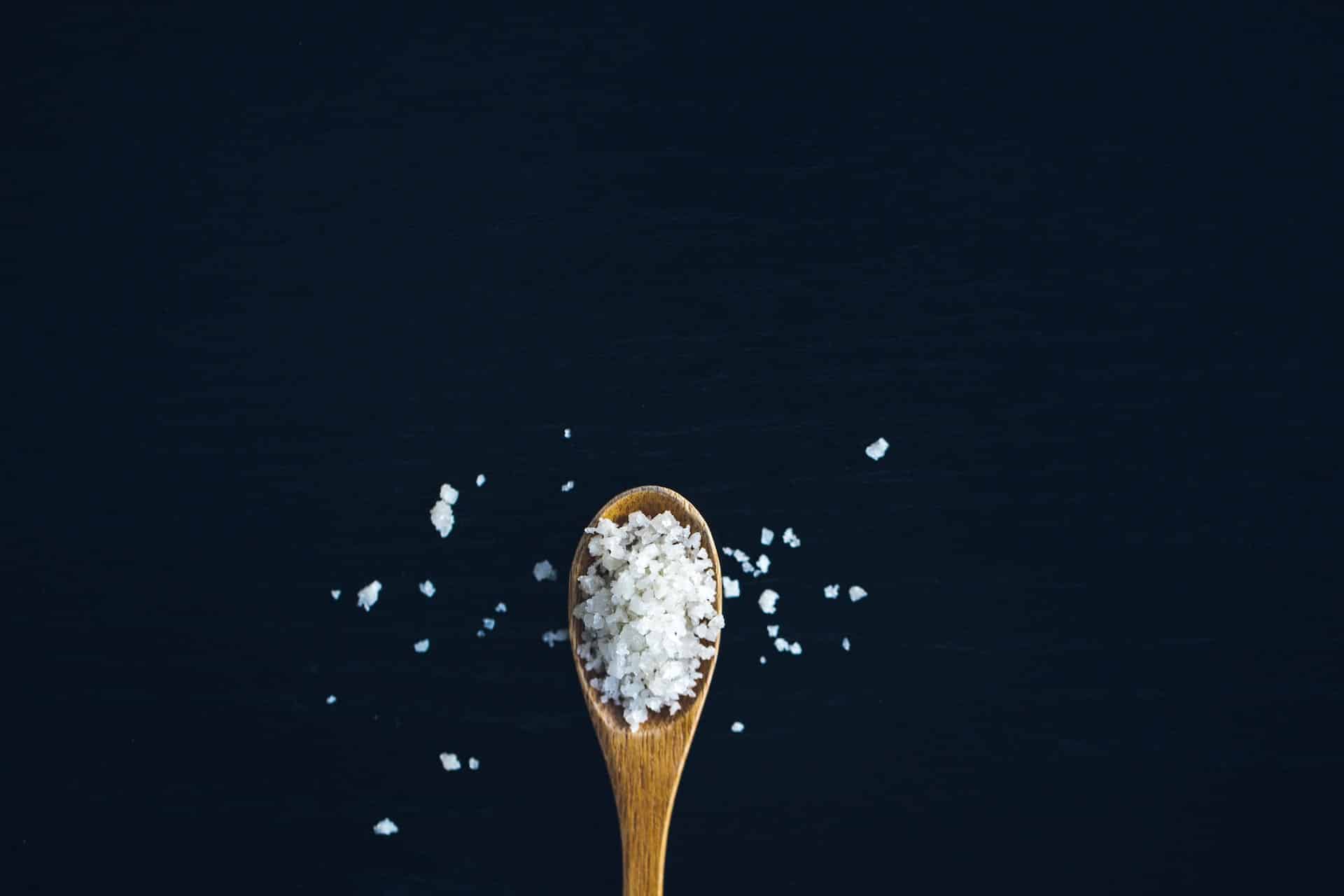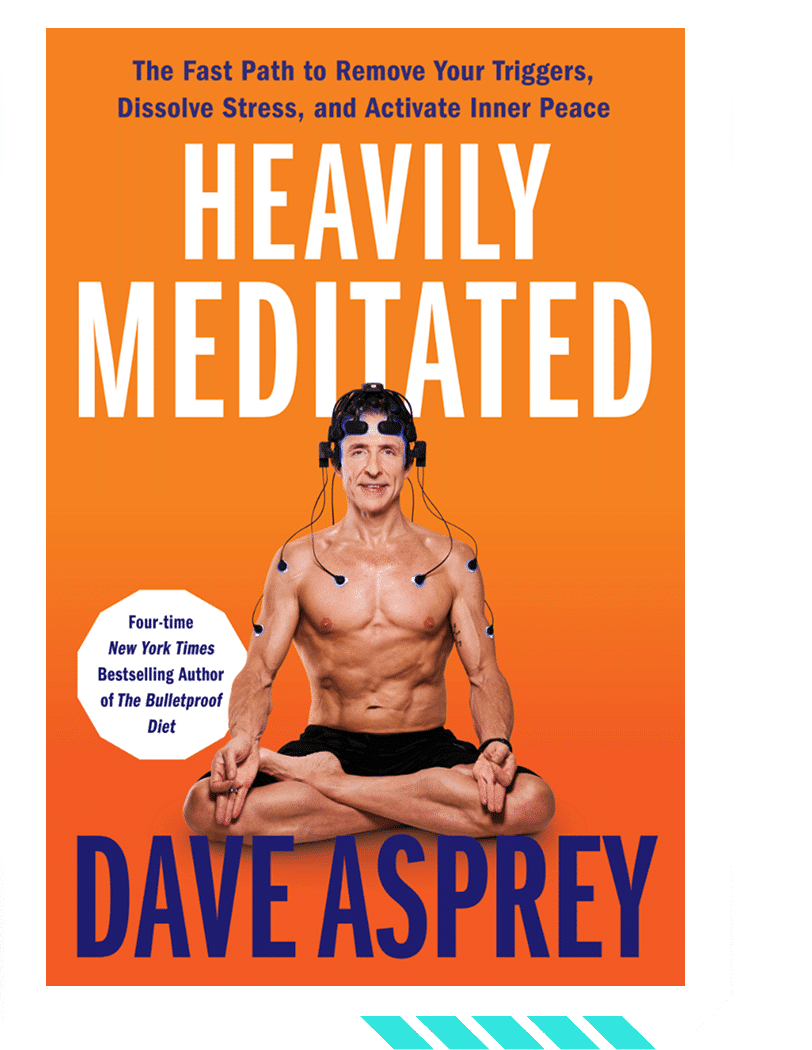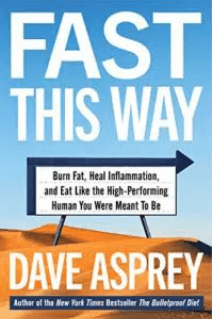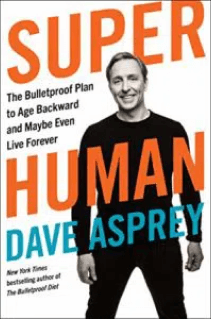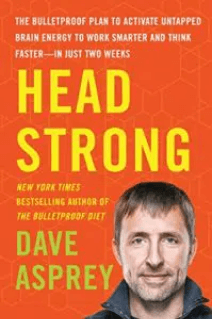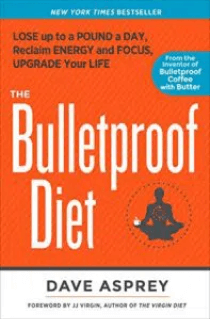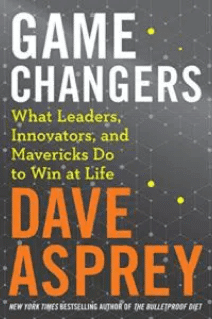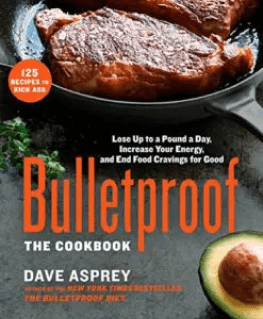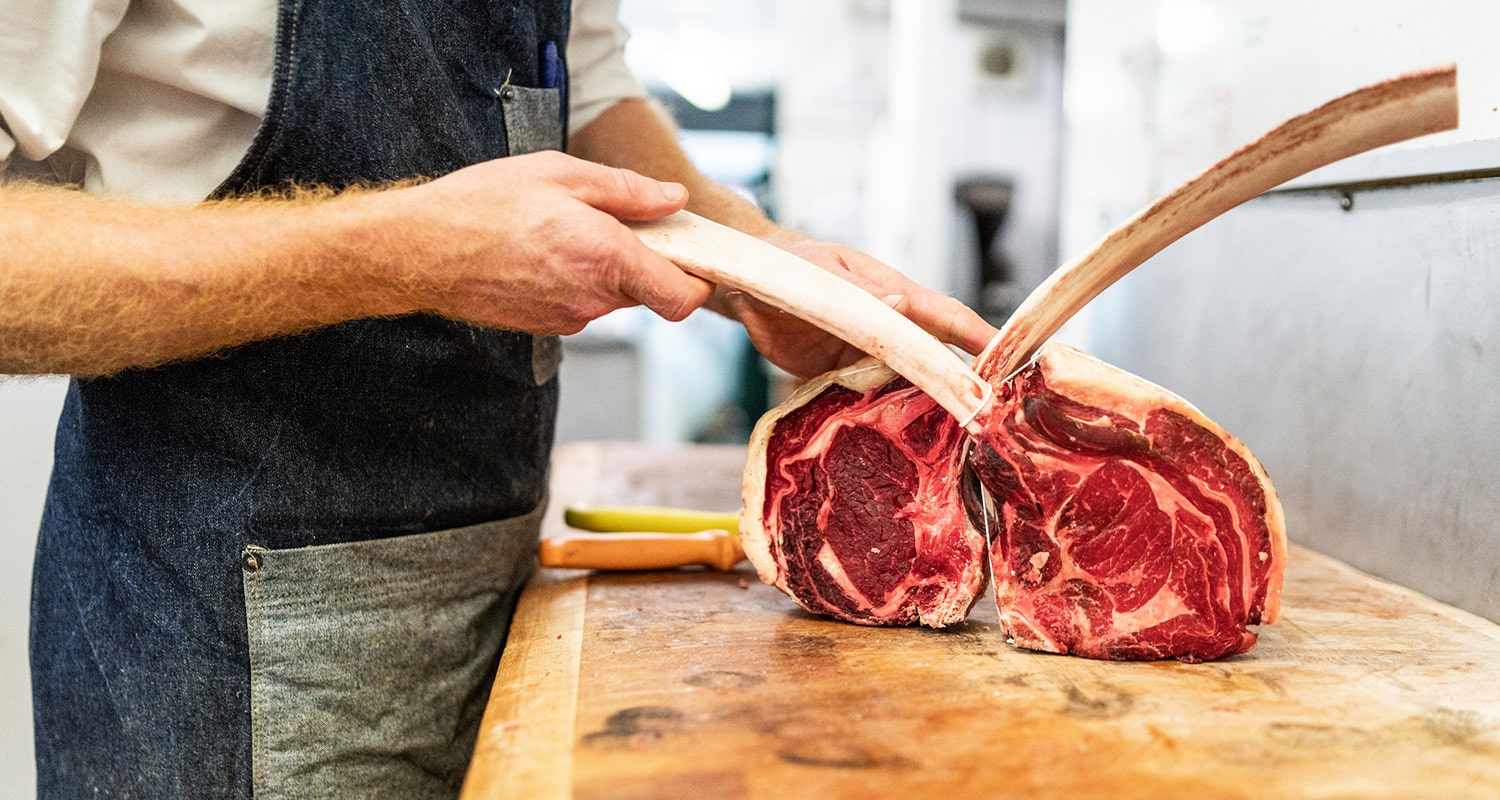
Today we welcome guest author Dr. Paul Saladino, a functional medicine doctor who researches the link between nutritional biochemistry and chronic disease. His research has led him to adopt and advocate a 100% Carnivore Diet, which you can read about in his new book, “The Carnivore Code: Unlocking the Secrets to Optimal Health by Returning to our Ancestral Diet.”
Is the Carnivore Diet Healthy? Not Unless You Do This
by Paul Saladino, MD
As westerners, chances are, you’re most familiar with muscle meat, but there’s a huge amount of nutritional value you are missing if you pass on organ meats. It doesn’t matter if you’re eating a carnivore, Bulletproof, paleo or ketogenic diet (these are all great options), you will definitely level up your nutrition and performance by eating nose to tail, and including organ meats. Organ meats are the REAL superfoods!
Pssst… you’re already eating organ meats
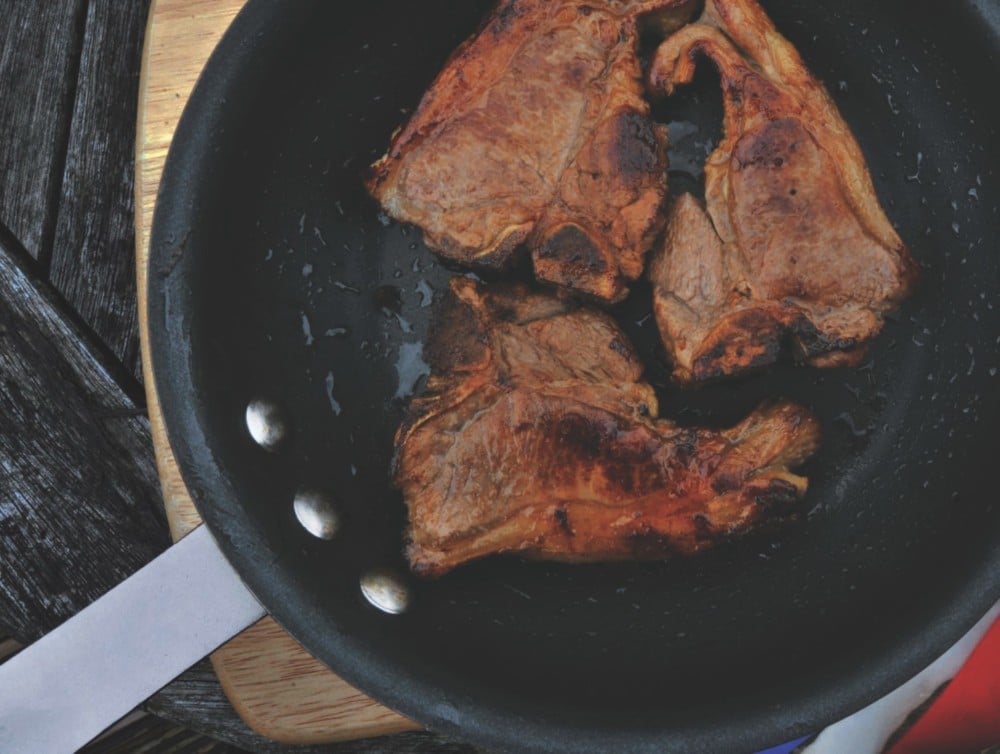
Technically speaking, an organ is a specific tissue type with a specialized function. So, muscle is an organ, fat is an organ, chicken skin is an organ … but we don’t think of them in that way. When you go to the butcher to get a steak, you are already eating organ meat!
In westernized cultures, muscle meat is generally the only organ meat we are used to eating. This isn’t an evolutionarily consistent way of eating, and as you’ll see next paragraphs, the other organs of animals have some pretty unique nutritional attributes that we shouldn’t ignore. Just like we probably wouldn’t obtain optimal health eating only liver or kidney, we really shouldn’t be eating just muscle meat if we want to operate at max power.
Archaeological evidence for eating meat and organ meats
Eating animals has been an integral part of our existence as humans for a very long time — probably for at least 4 million years, and there’s plenty of evidence that points to that fact.
Primate evolution preceded humans’ by about 60 million years. During that period, the size of the primate brain stayed relatively constant at around 400cc, with some variation among species depending on body size. This means that 60 million years of eating leaves didn’t result in the landmark jump to a bigger brain for our distant evolutionary ancestors.
About 2 million years ago, the size of your ancestors’ (at that time homo habilis) brains skyrocketed and over time, nearly quadrupled in size from 400cc to 1500cc at about 70,000 years ago. It’s pretty clear that this increase in brain size correlated with upgraded intelligence and a more complex neocortex, the outer part of your brain that’s responsible for sensory perception, conscious thinking, and language. Those milestone brain changes allowed for better communication and more sophisticated group behaviors, like organized hunting.
How did humans’ brains grow larger?
So what the heck was this magical thing that happened around 2 million years ago that allowed our brains to grow, and our ancestors to become more intelligent? No one knows for sure, but there are a couple of key clues in the archeological record. Around that time, archaeologists begin to see the first evidence of stone tools and the hunting of animals, with fossilized animal skeletons showing damage from weapons.
Humans did scavenge before that, but scavenging gave humans access to the leftovers. Hunting animals gave us first dibs on the most valuable parts of the animal — the visceral (abdominal) organs and fat! Eating of these parts of the animal, with all of their unique micronutrients and caloric density, allowed our brains to grow, and made us into the humans we are today. I’ll rephrase that postulate for emphasis: I believe eating animals nose to tail is what MADE us human!
Measurable evidence that early humans were carnivores
A couple of studies that measure stable nitrogen isotopes in the bones give us a sense of how much of early modern humans’ (homo sapiens) diets were comprised of meat. By looking at specific isotopes like d15 nitrogen (d15 N), researchers are able to infer where in the food chain animals fall by understanding where they get their protein.
Herbivores generally have d15 N levels of 3-7%, carnivores show levels of 6-12%, and omnivores’ levels fall somewhere in between. When scientists analyzed samples from Neanderthal and early modern humans, levels fell between 12 and 13.5%, respectively, even higher than other known carnivorous animals at the time like hyenas and wolves.
What can we make of this? These extremely high levels of d15N isotopes suggest that early humans, and concurrent Neanderthals were carnivores, consuming the vast majority of their protein from large mammals. Who wants to share a woolly mammoth ribeye with me? Sounds amazing, right?
Can you imagine our ancestors taking down a mammoth, doing a happy dance, and then only eating the tenderloin, or rib meat? No way! For survival, our ancestors would have eaten the animals they hunted in their entirety. In the case of the mammoth, from trunk to tail, consuming the fat, connective tissue for collagen, and organs like liver and spleen, in addition to muscle meat.
This is the pattern of eating we also observe in historical accounts of people like the Inuit, and currently living indigenous peoples like the !Kung, Masai and Hadza. Similarly, animals in the wild don’t just eat muscle meat from the animals they hunt. In fact, carnivorous animals usually go for the visceral organs and fat first, leaving the muscle meat for later.
Eatings animals nose to tail just makes sense. It’s no easy task to successfully hunt an animal, and when our ancestors did, they would have made sure to eat every last bite they possibly could. This provided them with the most calories and nutrients for day to day survival.
Bioavailability of nutrients in organ meats

With regard to minerals, like zinc, magnesium, and copper, the phytic acid in plant foods makes these much less bioavailable than they are in animal foods. Getting enough zinc is crucial for proper sex hormone function and gene transcription. Magnesium plays a role in over 300 reactions in the body including the utilization of ATP. Copper is also needed for myriad reactions including activation of superoxide dismutase, a very important enzyme in our intrinsic management reactive oxygen species, an excess of which can lead to oxidative stress. Clearly, these minerals are crucial to optimal human functioning, and being deficient in them would be a real bummer!
One article examined the amount of zinc absorbed from oysters, which are a great source of this mineral. When eaten alone, a large proportion of the zinc was absorbed, but when eaten with black beans, which are full of phytic acid, only a tiny bit of zinc could be absorbed by the body. Furthermore, studies suggest that b-vitamins, like riboflavin, aren’t nearly as bioavailable from plants because they are bound to glycoproteins. It’s pretty clear that for basically all of the vitamins and minerals bioavailability is much higher in animal foods. This is just more evidence that animal foods are the true super foods!
So how the heck do people eat organ meats, anyway?
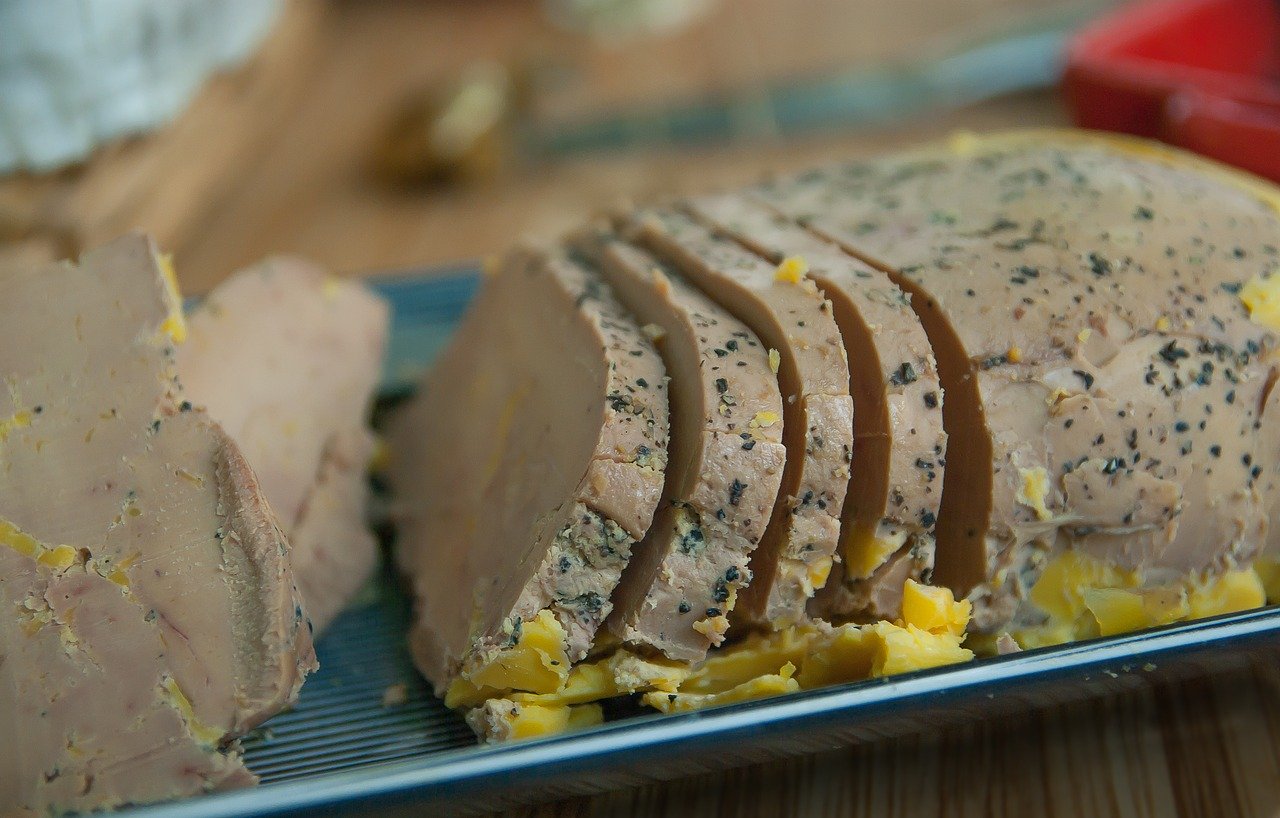
Organ meats definitely take some getting used to, but over time many people develop a taste for them and often report noticeable improvements in energy, libido, mental clarity and mood. The easiest way to begin eating organs like heart, liver, and kidney, is to have these mixed into ground beef. This makes the flavor much more subtle and still delivers great nutritional value. A number of companies like nosetotail.org, US Wellness Meats and White Oak Pastures are also now providing products like this, or your local butcher may be willing to do the same. Trust me, you want to be friends with your butcher! Starting with more mild organ meats, like heart, and kidney is also a good idea if you have some reservations about incorporating these foods.
Eating organs by themselves can be done with things like pate, which is a pureed mixture of boiled liver, and egg yolks or tallow/butter +/- onions and other spices, You could easily mix kidney into such a puree and make an incredibly nutritious spread. Liver and onions is a traditional dish, that many may be familiar with. From my perspective as an advocate of the carnivore diet, I suspect many people will have less GI issues leaving the onions out, but you are free to experiment with chopped and sautéed liver, kidney, heart or any organ meat, with or without other plants added for flavor. If a clove of garlic gets you to try kidney, then by all means, add the garlic!
Some people find eating frozen, raw organ meats to be a good “hack” as well. As a physician, I would be remiss if I did not warn of the potential dangers of eating raw or undercooked foods, both from animal or plant sources. Interestingly, there are actually more instances of food poisoning related to plant foods than animal foods in the US on an annual basis. Though the risk of contamination from trusted sources is very low, it’s not zero. This option is possibly worth exploring, but proceed with caution.
If you can’t, or won’t eat organ meats in any other way, you might consider freeze dried powders placed into capsules. Freeze drying is essentially low temperature dehydration within a vacuum, so more of the nutrients will be preserved than traditional dehydration, but some things will be lost. Eating fresh organs is always better than desiccated organ capsules, but when traveling, or if the thought of eating organ meats is just too much for you, these are a great option. Getting more organs in your diet, however it happens, will always be a good thing!
Next week, we’ll go through organ meats from freshman to varsity — which ones to start with, which ones to work your way up to, how to get them, and how to eat them.
Related: Butcherbox delivers 100% grass-fed beef, free-range organic chicken, humanely raised pork, and wild-caught seafood directly to your door.
